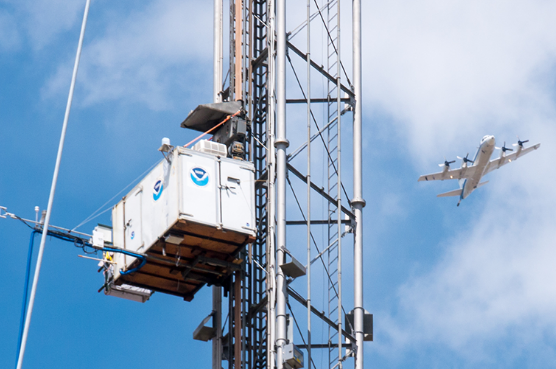Water Isotopes Leave Fingerprints for Climate Scientists
Published on by Water Network Research, Official research team of The Water Network in Technology
Meteorologist David Noone and his team are working to understand how water moves around the planet.

With support from the National Science Foundation (NSF), the project team observes and analyzes the stable isotope composition of water vapor and precipitation, primarily at the 300-meter (984-foot) Boulder Atmospheric Observatory tower.
The measurements are made using an optical measurement technology which has only recently become available, and which allows continuous in situ observations to be made on a practical basis. The ratio of heavier to lighter isotopes in water vapor contains information including the source region for the water vapor that falls as rain, which can be used to determine the extent to which rainwater comes directly from the ocean or from evaporation and plant transpiration over land.
"David's work shows that isotopic composition can tell us a great deal about the sources and pathways of the rainwater that's so critical for us and our environment," says Eric DeWeaver, a program director in the Atmospheric and Geospace Sciences Division of the Directorate for Geosciences.
"This is exciting research and it's also a great example of participatory science, in which middle school students can make an important contribution to the research while at the same time learning about the hydrological cycle."
Source: NSF Youtube
Attached link
http://www.youtube.com/embed/UggRfCbAulQMedia
Taxonomy
- Technology
- Test & Measurement
- Water Monitoring
- Environment
- Water Monitoring
- Climate